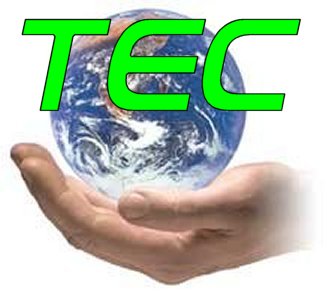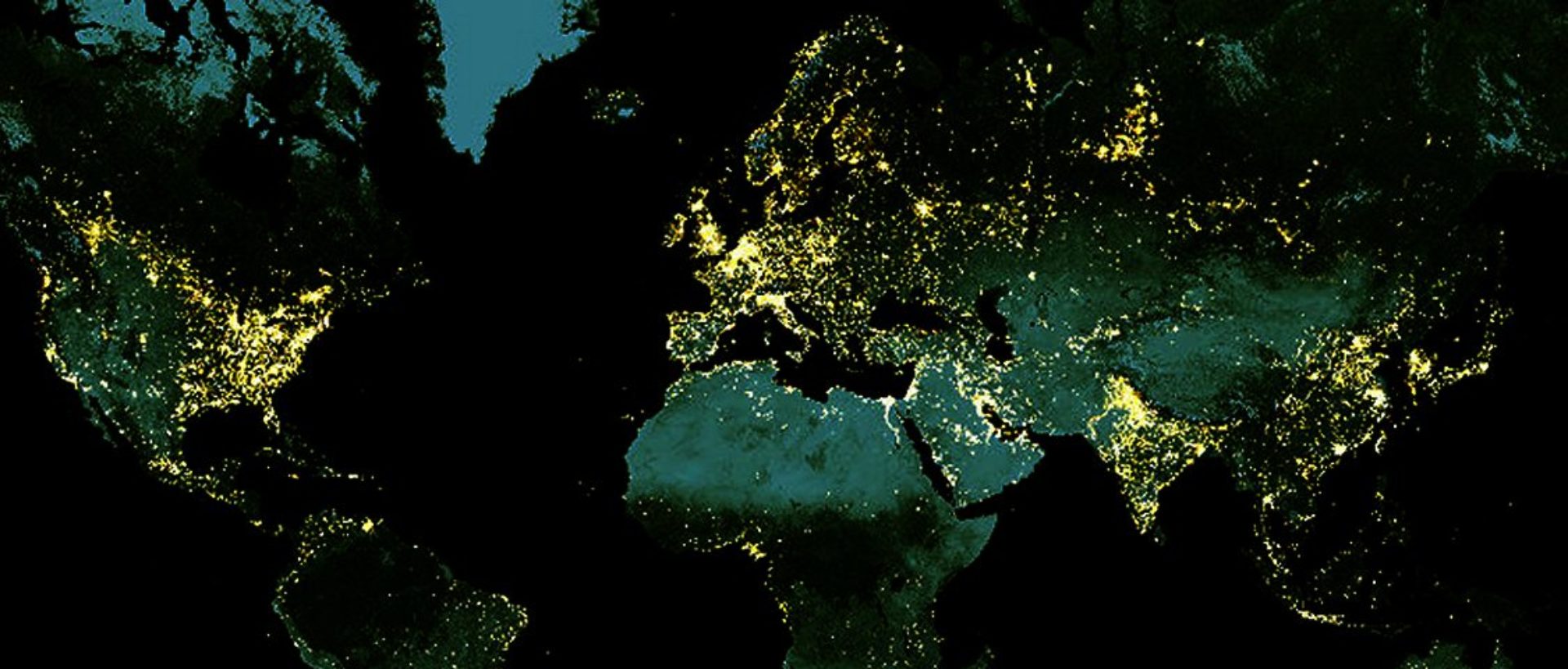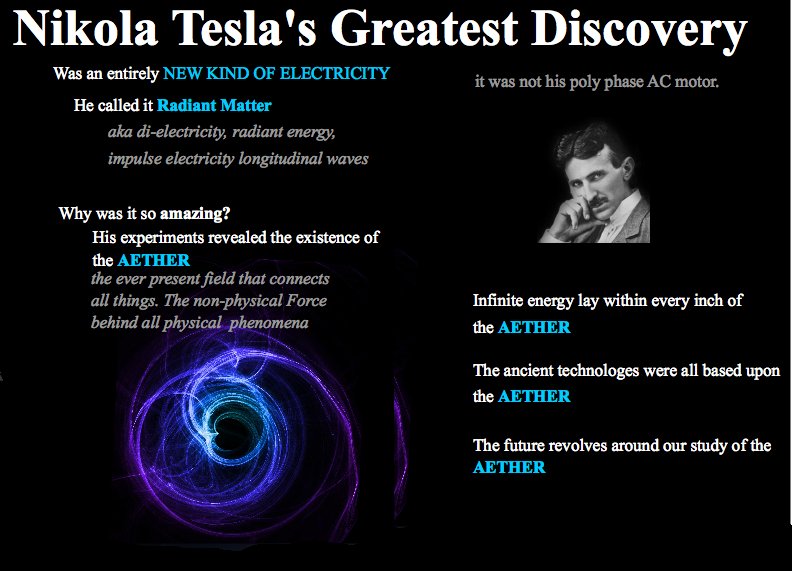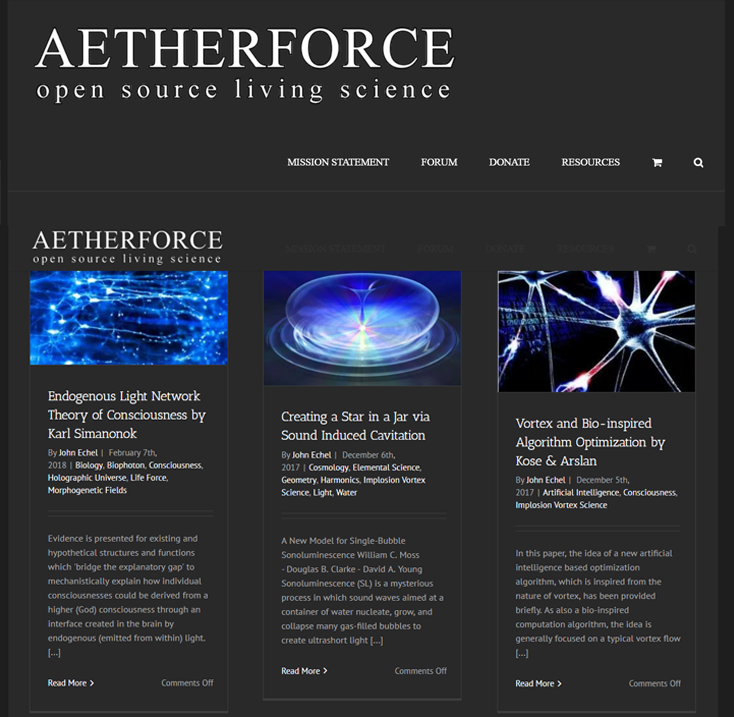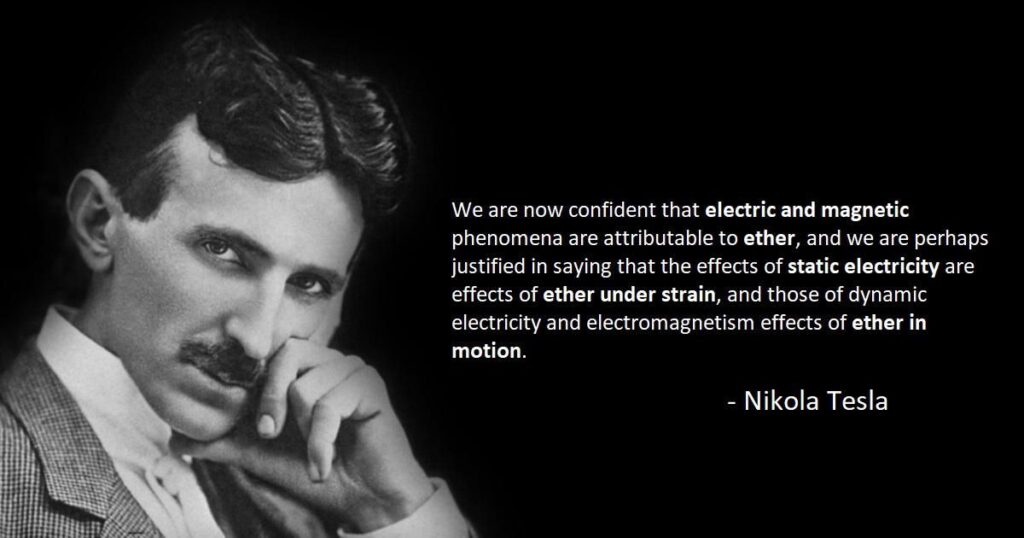With the new discoveries as well as advancements made in Thermodynamics, a branch of physics that deals with heat, work, and temperature, and their relation to energy, radiation, and physical properties of matter, Theron Energy Corp is becoming a leader to change today’s energy grid for Americans and the world.
“Thermo-dynamics is the subject of the relation of heat to forces acting between contiguous parts of bodies, and the relation of heat to electrical agency.” – Lord Kelvin
